Homeostasis And The Integumentary System
Homeostasis and the integumentary system. Basically homeostasis is our body adapting to all of the hurdles life throws at it. Explore the accessory structures of the integumentary system and take a. In the adult human body the skin makes up about 16 percent of body weight and covers an area of 15 to 2 m 2.
Integumentary System Functions Protection. To achieve this it may interact with other areas of the body like the hypothalamus. Describe the structures and functions of the integumentary system.
The major function of the integumentary system is to protect the body by preventing bacteria to enter the body. The integumentary system has sensory receptors that can distinguish heat cold touch pressure and pain. Together these organs are called the integumentary system.
The integumentary system refers to the skin and its accessory structures. Years may wrinkle the skin but to give up enthusiasm wrinkles the soul. In the skin these changes are reflected in decreased mitosis in the.
Next go to How Your Body is Like a Factory for more examples of how different organssystems work together with the integumentary system. The integumentary system consists of the largest organ in the body. The nervous and endocrine systems control homeostasis in the body through feedback mechanisms involving various organs and organ systemsExamples of homeostatic processes in the body include temperature control pH.
The image below is an example of how a homeostatic control system works. It also helps to keep water inside our bodies. Regulation of body temperature cannot occur without the cooperation of the integumentary system nervous system musculoskeletal system and.
Whether its having a fever or simply shivering homeostasis is the maintenance of the environment our body lives in. Samuel Ullman Learning Outcomes 1.
Homeostasis is the ability to maintain a constant internal environment in response to environmental changesIt is a unifying principle of biology.
Homeostasis is a condition that is furthered and maintained by all systems in our bodies from the integumentary system to the digestive system. Besides regulating bone growth muscle metabolism and energy production there are hormones that regulate fluid balance the production of red blood cells blood pressure and inflammation. 52 Accessory Structures of the Skin. The skin is only a few millimeters thick yet is by far the largest organ in the body. Explore the accessory structures of the integumentary system and take a. The image below is an example of how a homeostatic control system works. The integumentary system is the set of organs forming the outermost layer of an animals body. Together these organs are called the integumentary system. Years may wrinkle the skin but to give up enthusiasm wrinkles the soul.
This is why we always wear protective gloves when handling body fluids. The skin is the human bodys first line of defense against microorganisms parasites and the environment in general. The integumentary system is made up of several organs and structures including the skin hair nails glands and nerves. We grow old by deserting our ideals. In a similar vein no one organ system of the body acts alone. This extraordinary organ system protects the internal structures of the body from damage prevents dehydration stores fat and produces vitamins and hormonesIt also helps maintain homeostasis within the body by assisting with the regulation of body temperature and water balance. Samuel Ullman Learning Outcomes 1.
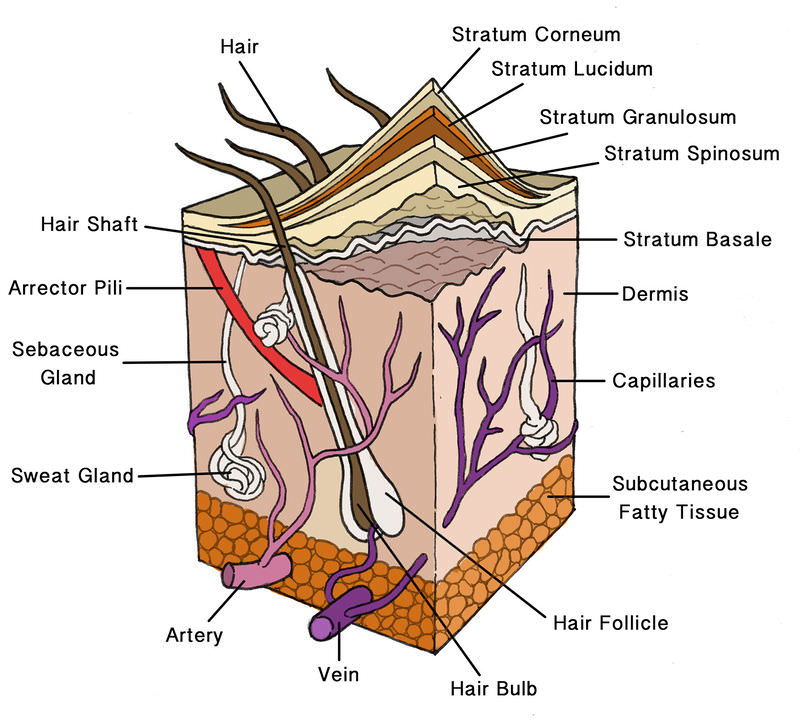

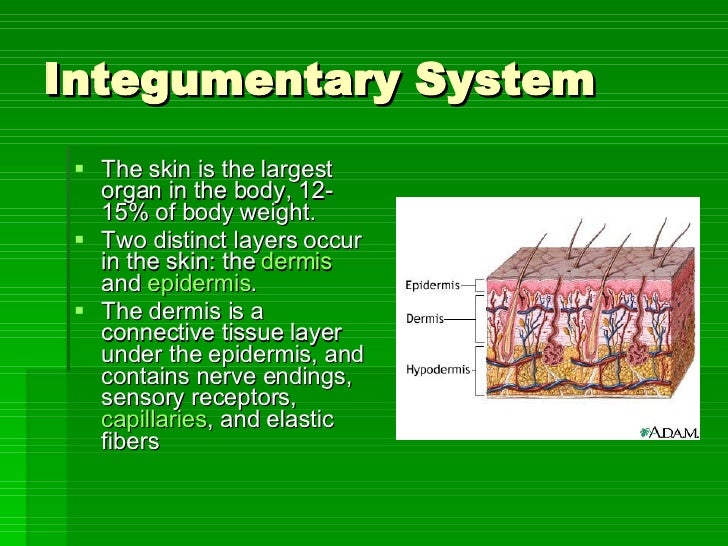


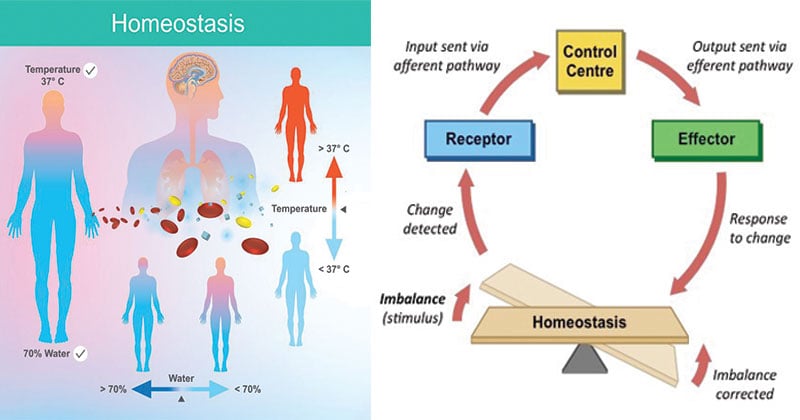



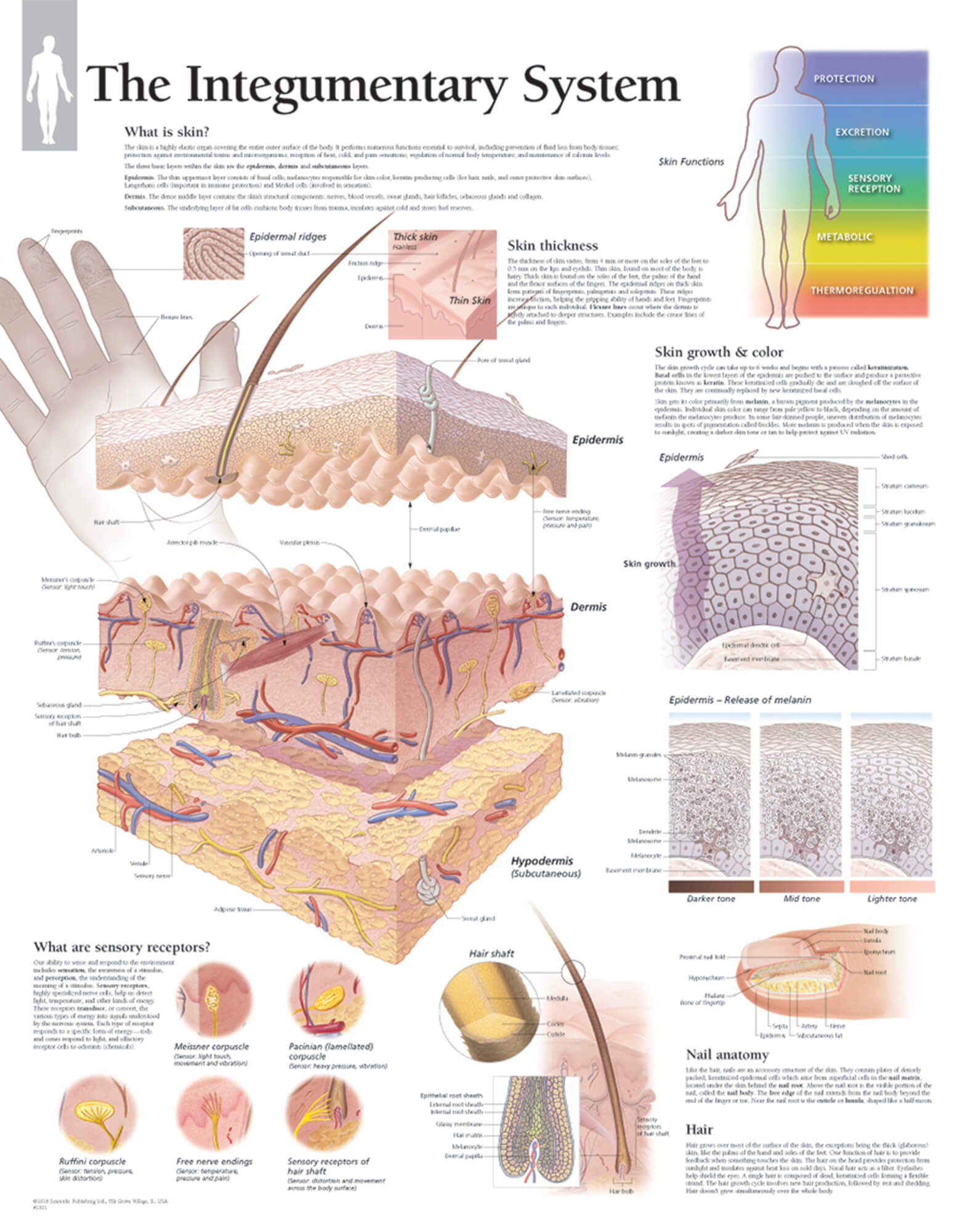



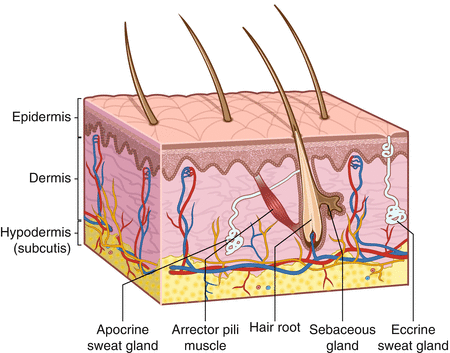






:max_bytes(150000):strip_icc()/skin_layers_2-592309585f9b58f4c01554be.jpg)


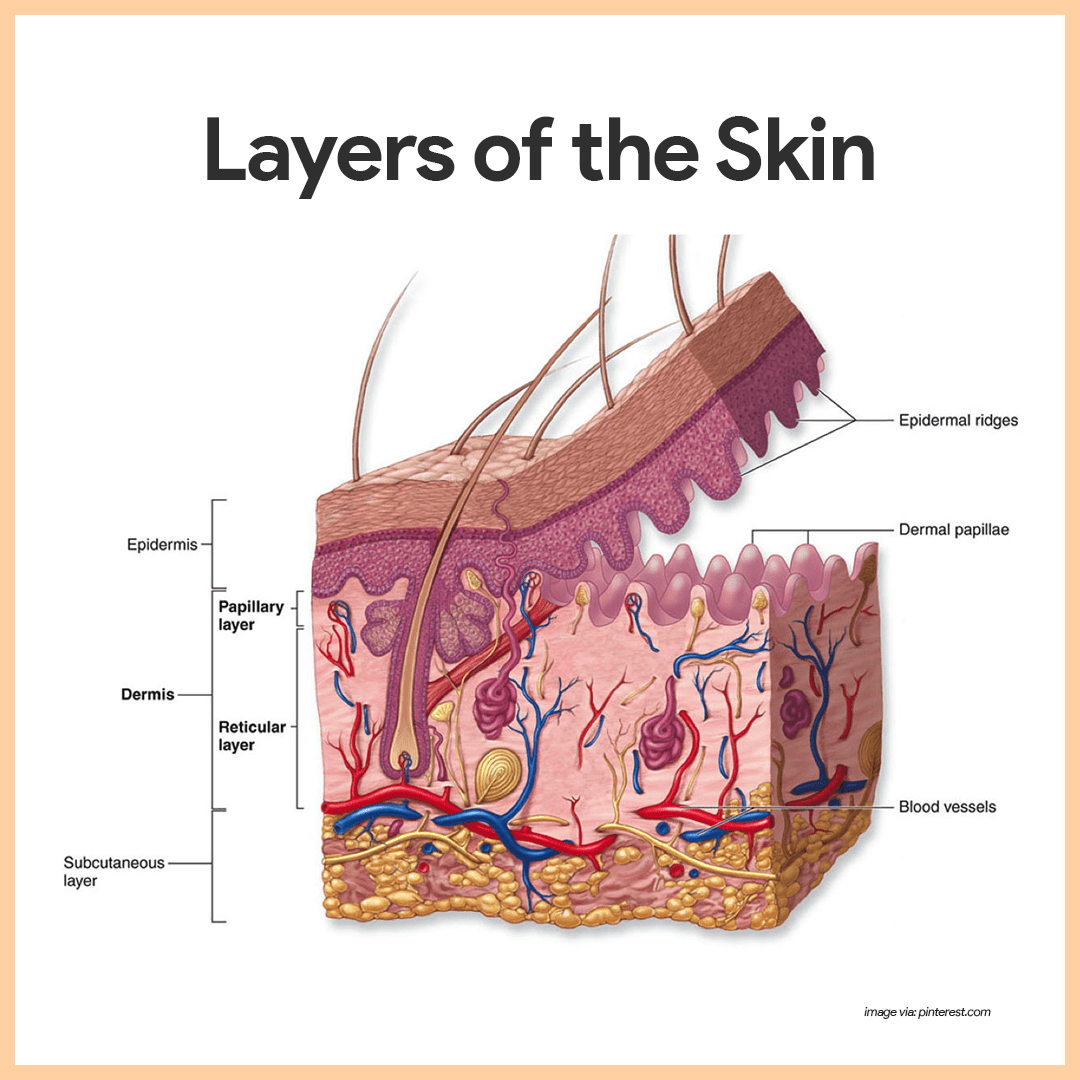
:max_bytes(150000):strip_icc()/skin_structure-592308b15f9b58f4c0153a00.jpg)









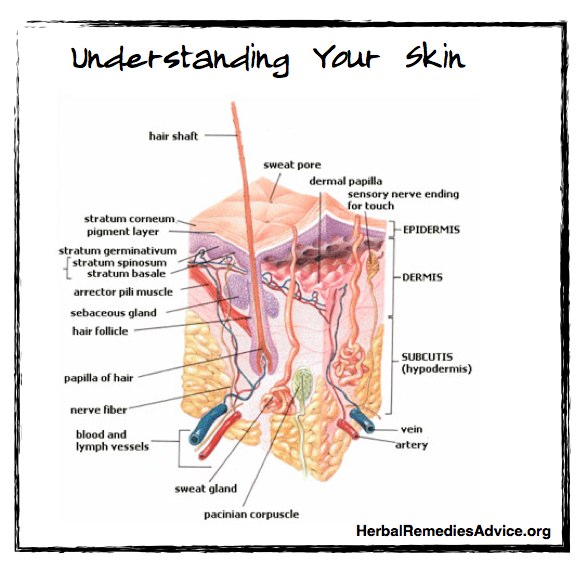
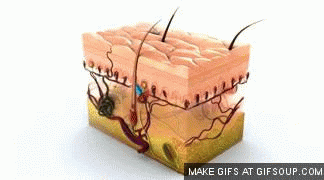

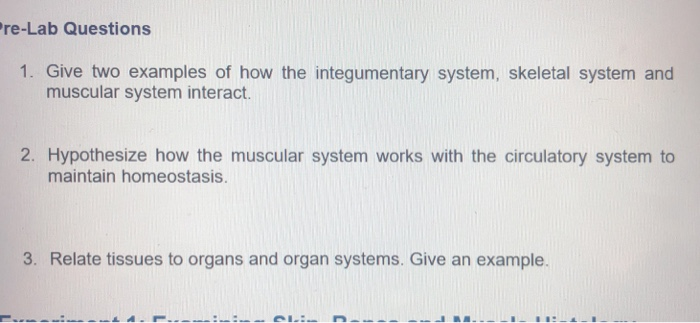
Post a Comment for "Homeostasis And The Integumentary System"